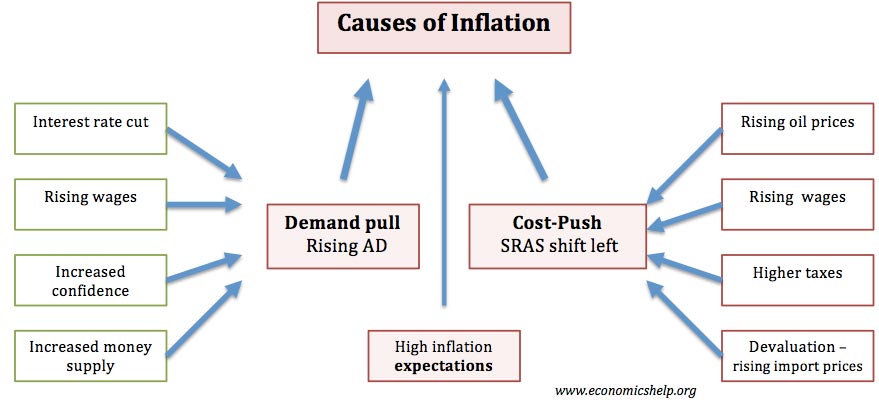

That has, in turn, pushed up borrowing costs, adding to higher overall expense for consumers, some of whom have begun to rein in their spending.Ī shopper carries bags in Detroit, Michigan, US, on Wednesday, Sept.
Worried inflation here are reasons optimism series#
However, a global imbalance of supply and demand led to the current bout of decades-high inflation in the United States, which the Federal Reserve is trying to bring down through a series of jumbo-sized rate hikes. In February 2020, the consumer confidence index was 132.6.Ĭonsumer spending, which drives the US economy, has remained strong since the start of the Covid-19 pandemic, with high levels of goods purchasing during lockdowns, followed by robust spending on travel and dining out once restrictions were lifted. A reading above 100 signals consumers have an optimistic attitude toward the economy.

Economists were expecting a reading of 106.5, per estimates from Refinitiv. The consumer confidence index slumped to 102.5 from a revised 107.8 in September, according to data released Tuesday by the Conference Board. US consumer confidence fell in October to the lowest level since July as high borrowing costs and soaring inflation take their toll on household budgets.


 0 kommentar(er)
0 kommentar(er)
